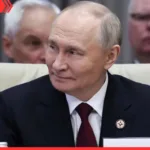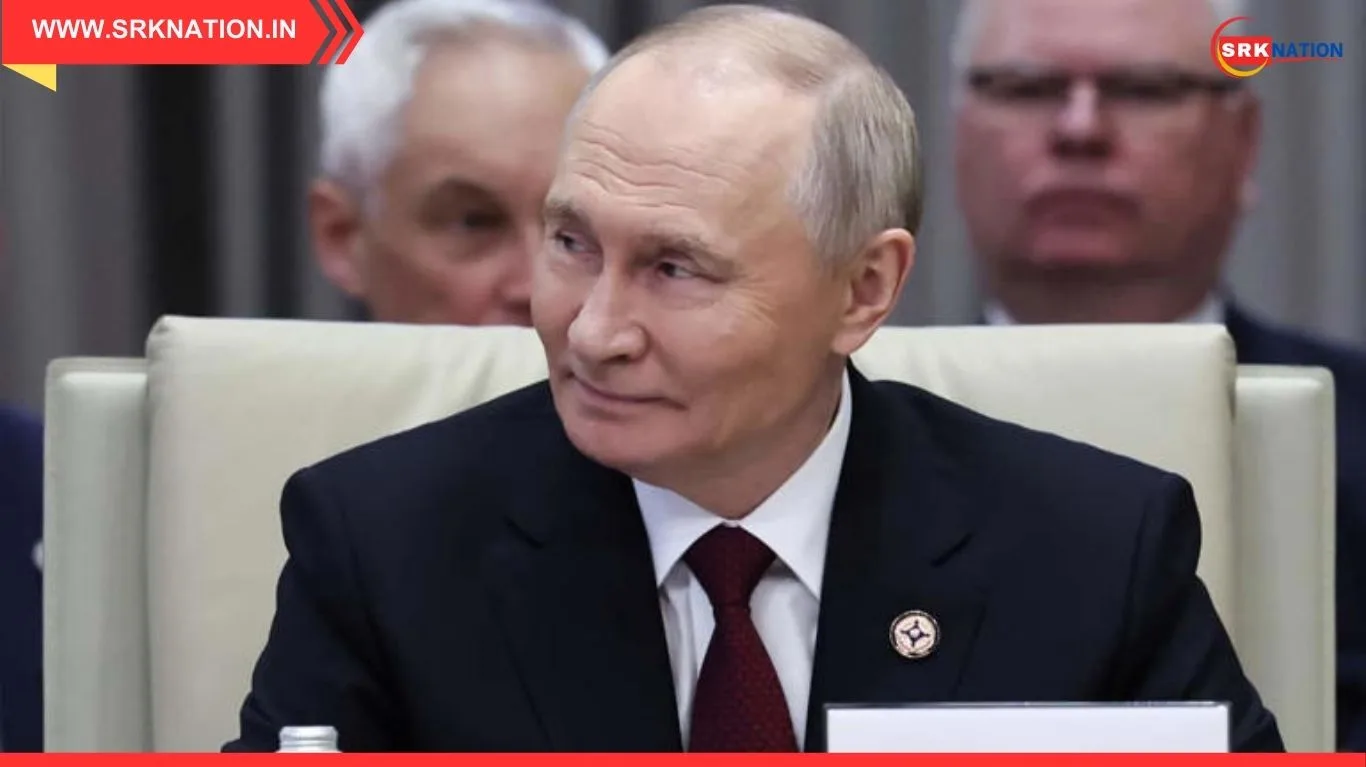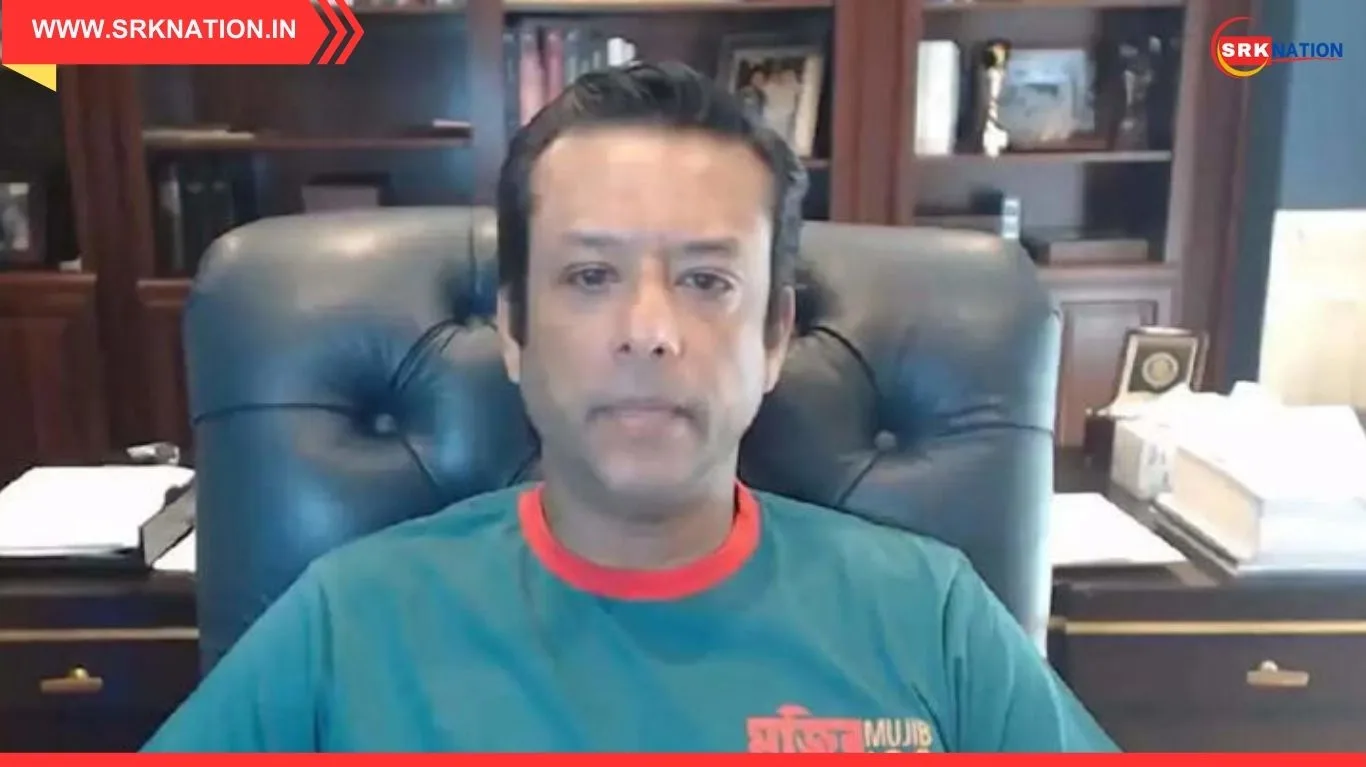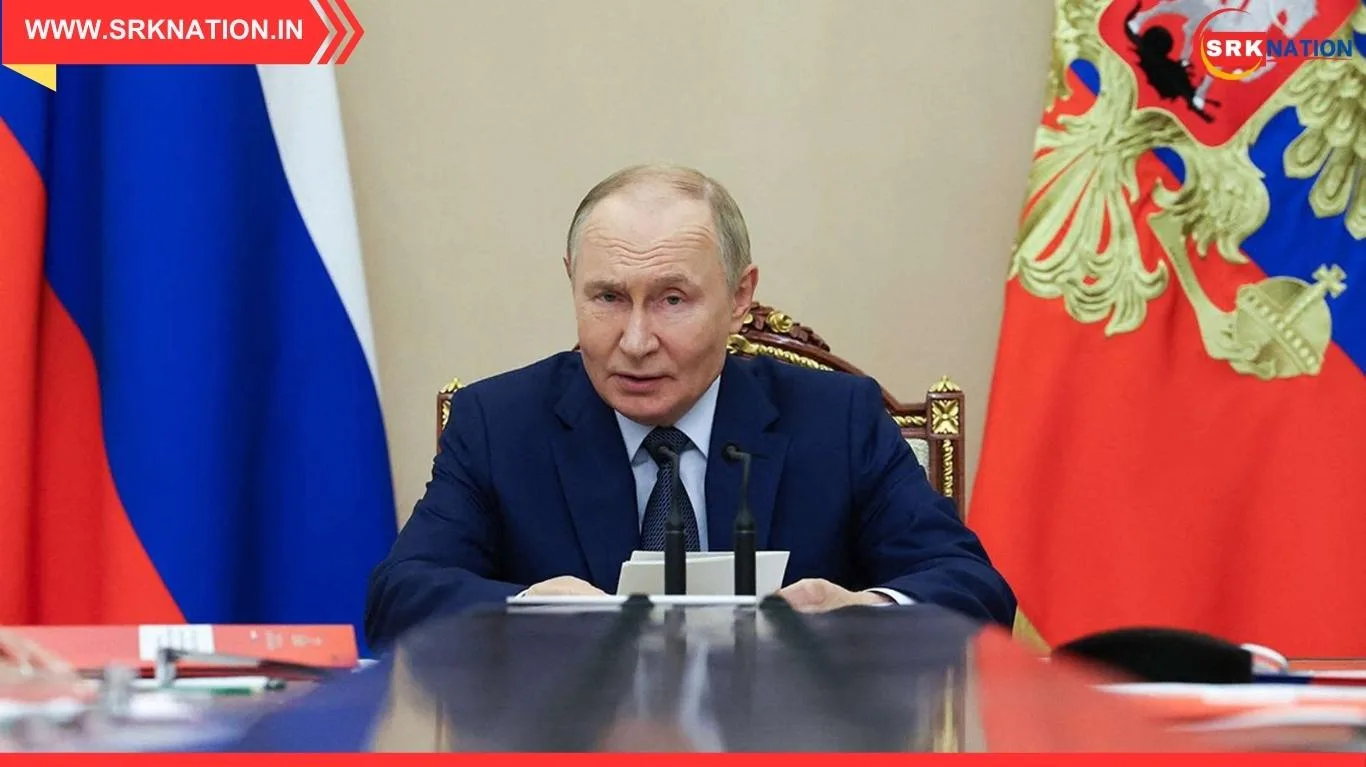As the United States under President Trump intensifies tariff threats on key imports to bolster its ‘America First’ strategy, Mexico finds itself navigating an increasingly unpredictable economic environment. The nation is caught between its heavy reliance on US markets and China’s aggressive global economic expansion, forcing policymakers and businesses to recalibrate strategies to safeguard growth.
The Tariff Challenge
The proposed tariffs, ranging from 10% on steel and aluminium to potential 25% on auto parts, could have a disproportionate impact on Mexico’s economy given its integrated supply chains with the US auto, electronics, and energy sectors. Recent announcements by the Trump administration of additional levies on Chinese goods have also raised fears of global supply chain disruptions affecting Mexican industries that import Chinese components.
Mexico’s Economic Vulnerability
Mexico sends nearly 80% of its exports to the US, with auto manufacturing being a critical pillar. Any policy shifts in Washington can derail near-term growth and investment. Analysts note:
| Sector | Impact of US Tariffs |
|---|---|
| Automotive | Rising input costs due to tariffs on steel and aluminium threaten competitiveness and job security in border manufacturing hubs. |
| Electronics | Components imported from China and re-exported to the US face dual exposure to tariff escalations. |
| Agriculture | Tariffs on processed food items may impact Mexico’s agro-export push into US retail chains. |
China: Threat Or Opportunity?
While Mexico has historically viewed China as a competitor for manufacturing investment, recent trends suggest a nuanced approach:
- Chinese Investments Rising
Chinese companies are investing in Mexican logistics, mining, and electronics assembly to bypass US tariffs on China-origin goods by manufacturing or finishing in Mexico under USMCA access. - Trade Imbalance Worries
Mexico’s trade deficit with China has widened, prompting calls for strategic negotiations to ensure Chinese investments translate into technology transfer and local job creation. - Nearshoring With Chinese Backing
Mexico’s nearshoring opportunity from US firms seeking supply chain resilience is complemented by Chinese firms setting up assembly units for final finishing before export to the US.
Strategic Responses By Mexico
Facing external economic uncertainties, Mexican policymakers are implementing adaptive strategies:
- Diversifying Export Markets:
Mexico is accelerating trade agreements with EU, UK, and Pacific nations to reduce over-dependence on the US. Its entry into CPTPP has opened doors to Japan, Australia, and Southeast Asia. - Strengthening Regional Supply Chains:
Efforts are underway to integrate more deeply with Central America and South America, leveraging competitive labour and proximity. - Enhancing Industrial Policy:
Incentives for EV battery plants, semiconductor assembly, and renewable energy manufacturing are aimed at attracting fresh investments that align with global decarbonisation goals. - Engaging In Quiet Diplomacy With The US:
Mexican officials continue backchannel negotiations with Washington to seek exemptions or phased implementation of tariffs, particularly for auto and agricultural sectors that employ millions.
Analysts’ Perspective On Mexico’s Tightrope Walk
| Expert | Comment |
|---|---|
| Dr. Gabriela Siller, Banco Base Chief Economist | “Mexico cannot abandon its US market but must rebalance towards Asia and Europe while maintaining healthy Chinese investments.” |
| Luis de la Calle, Trade Strategist | “The nearshoring boom offers a generational opportunity, but a fragile US-Mexico political relationship remains a risk.” |
| Xiao Ling, China-Latin America Analyst | “China views Mexico as a strategic gateway to the US market, but Mexican policymakers must extract fair value from these investments.” |
Nearshoring Boom: Silver Lining Amid Trade Tensions
US firms in semiconductors, pharmaceuticals, consumer electronics, and data centres are expanding operations in Mexico to build resilient supply chains near their domestic markets. Notable recent developments include:
- Intel’s $1.2 billion assembly plant expansion in Jalisco.
- Tesla’s EV gigafactory project near Monterrey employing 12,000 workers over the next three years.
- Microsoft’s cloud data centre campus to support AI and fintech firms across Latin America.
Mexico’s Balancing Act Between China And The US
Mexico’s dual engagement strategy involves:
- Welcoming Chinese investments in targeted sectors like EV components and electronics to generate employment and export capacity.
- Ensuring compliance with USMCA rules of origin to maintain tariff-free access for finished goods despite Chinese component use.
- Negotiating fair trade with China to reduce deficits, including opening up Chinese markets to Mexican agro products and processed food brands.
Challenges Ahead
- Geopolitical Pressures:
The US continues to pressure Mexico to align with its decoupling strategies from China, even as Mexican businesses seek diversified supply sources. - Policy Uncertainty:
The upcoming US elections and potential tariff reversals or escalations remain an unpredictable variable for Mexican exporters. - Infrastructure Bottlenecks:
To fully leverage nearshoring, Mexico must address logistics constraints at ports, border crossings, and digital connectivity to reduce turnaround times.
Mexico’s Key Recent Trade Moves
| Initiative | Details |
|---|---|
| Pacific Alliance Integration | Advancing digital trade and logistics integration with Chile, Colombia, and Peru. |
| USMCA Auto Sector Negotiations | Lobbying for exemptions on EV battery origin rules to maintain competitiveness. |
| China-Mexico Business Council | New forums to balance trade deficits with targeted market access for Mexican goods in China. |
Outlook: The Path Forward
Mexico’s economic resilience hinges on successfully balancing geopolitical alliances with pragmatic trade and industrial policy. The near-term future will be shaped by:
- The pace of US tariff implementations.
- Mexico’s ability to extract value from Chinese investments without undermining US relationships.
- Strategic infrastructure upgrades to sustain nearshoring momentum.
- Internal reforms to maintain investor confidence amid shifting global supply chain dynamics.
As President Andrés Manuel López Obrador’s government navigates these complex trade waters, analysts agree that Mexico’s success will depend on agility, strategic foresight, and diplomatic finesse to remain a preferred manufacturing hub and avoid the collateral damage of major power economic conflicts.
Disclaimer: This news article is based on economic policy statements, bilateral trade data, and current geopolitical developments as of publication. Readers are advised to track official government releases for final trade policy decisions and tariff implementations.











